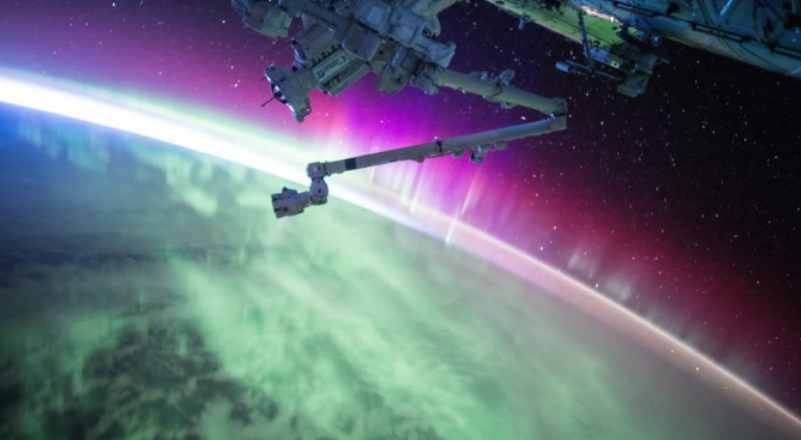NASA awards SpaceX a $109.4 contract for its Interstellar Mapping and Acceleration Probe (IMAP) mission; could save taxpayers at least $100 million

In August we wrote about NASA after the space agency awarded a multi-million contract to SpaceX, Blue Origins, and Dynetics as part of its efforts to return astronauts to the moon by 2024. As part of the contract, SpaceX will develop the Starship – a fully integrated lander that will use the SpaceX Super Heavy rocket. Dynetics (a Leidos company) is also tasked with developing the Dynetics Human Landing System (DHLS) – a single structure providing the ascent and descent capabilities that will launch on the ULA Vulcan launch system.
Now, Elon Musk’s space company has won a new contract from the space agency. On Friday, NASA announced it has awarded the Elon Musk’s space company a $109.4 million contract to launch its Interstellar Mapping and Acceleration Probe (IMAP), along with four secondary payloads, on a mission to investigate the magnetic barrier surrounding our solar system in October 2024.
After launch, the spacecraft will take several months to transit to about one million miles (1.5 million kilometers) away from Earth towards the Sun at what is called the first Lagrange point L1. The spacecraft will then use onboard propulsion to insert into an approximately 10° x 5° halo orbit around L1, very similar to the orbit of ACE. The baseline mission is 2 years, but all expendables are designed for a lifetime of more than 5 years.
According to NASA, the total cost for NASA to launch IMAP and the secondary payloads is approximately $109.4 million, which includes the launch service and other mission-related costs. The secondary payloads to be included with the launch of IMAP are: NASA’s Lunar Trailblazer mission, two additional NASA heliophysics missions of opportunity yet to be named, and the National Oceanic and Atmospheric Administration’s Space Weather Follow On-Lagrange 1 (SWFO-L1) mission. The IMAP mission is targeted to launch in October 2024 on a Falcon 9 Full Thrust rocket from Launch Complex 40 at Cape Canaveral Air Force Station in Florida.
The award of the contract to SpaceX appears to have saved taxpayers at least $100 million. In 2018, the mission was cost-capped at US$492 million, excluding cost for the launch on a SpaceX Falcon 9 Full Thrust rocket from Launch Complex 40 at Cape Canaveral Air Force Station in Florida. Then in April 2020, the Government Accountability Office estimated the preliminary total cost of the mission to be between $707.7 million to $776.3 million. Now that we know the SpaceX’s price for providing the Falcon 9 reusable rocket that will carry IMAP to Lagrange point L1 is known, it now looks like the total cost of the mission appears to have decreased to about $601 million.
The Interstellar Mapping and Acceleration Probe (IMAP) mission will help researchers better understand the boundary of the heliosphere, a sort of magnetic bubble surrounding and protecting our solar system. This region is where the constant flow of particles from our Sun, called the solar wind, collides with material from the rest of the galaxy. This collision limits the amount of harmful cosmic radiation entering the heliosphere. IMAP will collect and analyze particles that make it through.
IMAP is a heliophysics mission that will simultaneously investigate two important and coupled science topics in the heliosphere: the acceleration of energetic particles and interaction of the solar wind with the local interstellar medium.
Below is a video overview of IMAP.

